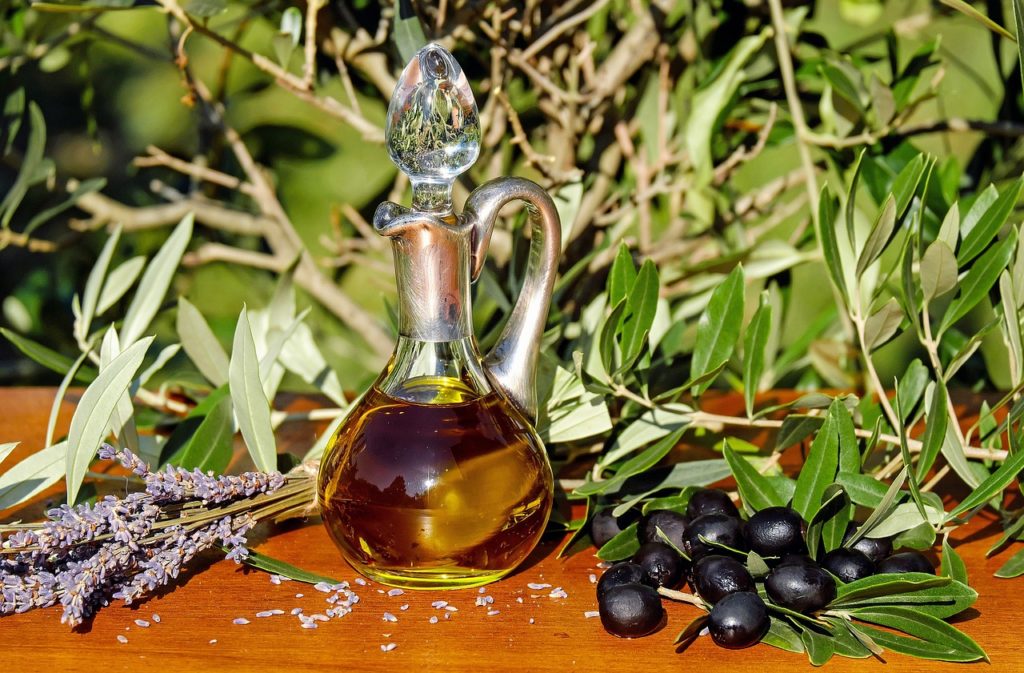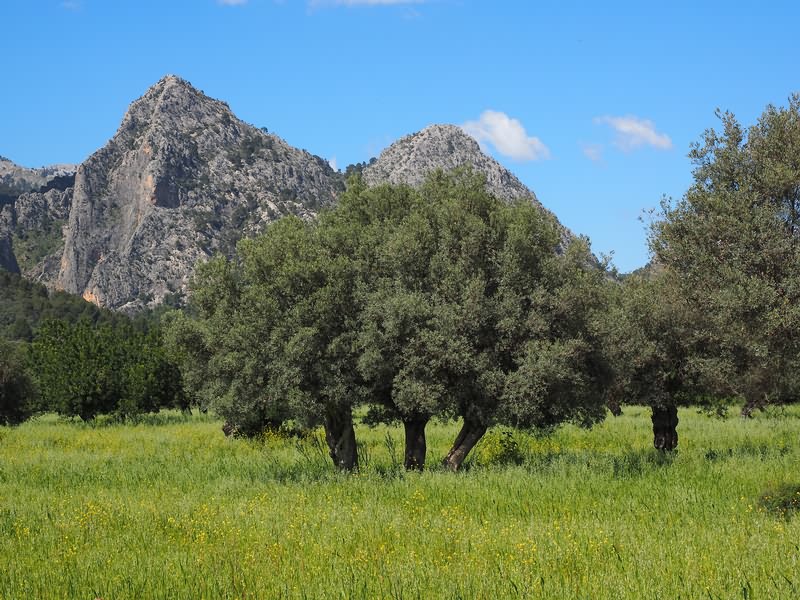Keys to know olive oil.
COLOR
The color of a virgin olive oil can vary from pale yellow to deep green.
The color is defined by the variety of the olive, by the degree of ripeness of the fruit at the time of harvesting, by the climatic and soil conditions.
The color of olive oil is not related to its flavor or, of course, to its quality.
FLAVOR
Do all virgin olive oils taste the same?
No. Each virgin olive oil is a world.
Its flavor changes according to the variety of the olive, its place of cultivation, the degree of maturity of the fruit, the type of soil, the climatic conditions…
Try them all!
IS BITTERNESS BAD?
Not at all. It is a positive attribute that is present in the best virgin olive oils to a greater or lesser extent. The same can be said of itching.
WHAT IS ACIDITY?
It is one of the chemical parameters that, along with others, helps to define the commercial category of an olive oil. In virgin oils, it is one of the indicators of the “freshness” linked to a healthy fruit and the speed with which the fruit has been processed, since it was harvested. The longer the olives enter the process, the higher the acidity (free fatty acids expressed in degrees).
Up to a maximum of 0.8° acidity, the oils are classified as extra virgin olive oil. Up to 2° acidity, like virgin olive oil.
In olive oils, this parameter does not indicate freshness and up to 1° acidity is accepted for marketing.
CONSERVATION
How should I preserve olive oils?
For proper conservation, extra virgin olive oils must be kept away from light, heat, air and strong odors.
Containers made of opaque or dark materials help to better protect the qualities of olive oils.
It is important to always keep the container tightly closed so that it does not lose its qualities.
PAIRING
What olive oil goes best with each dish?
In this rules the taste. It happens as with wines, breads,
the salts…
As a guide, light fruit (such as the arbequina, empeltre or arbosana variety) are recommended for white fish, mayonnaise, chicken, vegetables or desserts. Intense fruity (olive oils of the picual, hojiblanca or cornicabra variety) are recommended to work with oily fish, vegetables such as broccoli, salads,
red meat…
FRY
Can you fry in olive oils?
Of course. It is the best oil to use in this culinary technique since it is the one that best resists high temperatures.
At high temperatures (up to 180°C), olive oils create a thin, crunchy layer on food that prevents it from absorbing oil. This is how the food is kept juicy and appetizing, maintaining all its properties. In addition, since it hardly penetrates the food, the fried foods are lighter, more nutritious and more digestive.
KITCHEN AND PROPERTIES
Do virgin olive oils lose some of their properties
with the heat?
Some of the components that give aroma and flavor to virgin olive oils evaporate with temperature, so their intensity may be diminished.
However, some of these components are what allow cooking at high temperatures, limiting their degradation and extending their useful life.
SPAIN, THE BEST
OLIVE OILS
Why are Spanish olive oils the best in the world?
Because Spain has spent years working on an accelerated process to improve its olive groves and working with cutting-edge technology in the sector.
This makes it possible to obtain olive oils of the highest quality. This is attested by a multitude of awards that have been obtained by extra virgin olive oils from Spain.
Because Spain is the world’s leading producer (50% of the world’s olive oil production is Spanish), and because more than 200 varieties of olives are cultivated, we thus offer the widest range of aromas and flavors.
According to the classification made each year by the World Best Olive Oils web portal based on the results of the 16 main international extra virgin olive oil contests, 7 of the 10 best olive oils in the world are Spanish.
HEALTH
Why are olive oils good for my health?
Because they are rich in monounsaturated fatty acids, which help maintain adequate blood cholesterol levels.
Because they are rich in other compounds such as natural antioxidants (polyphenols and vitamin E), which have demonstrated their cardioprotective effect.


